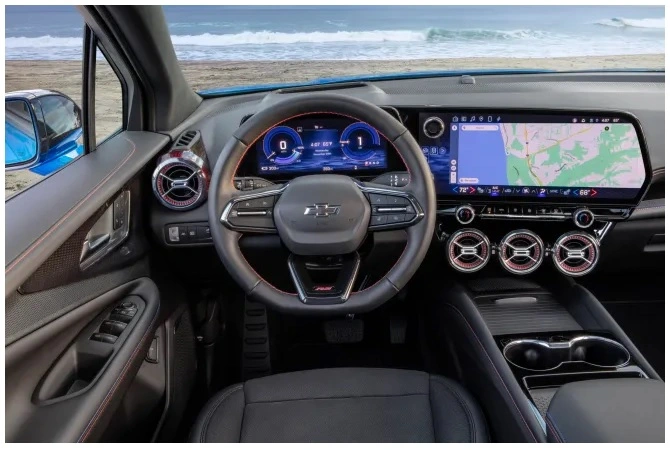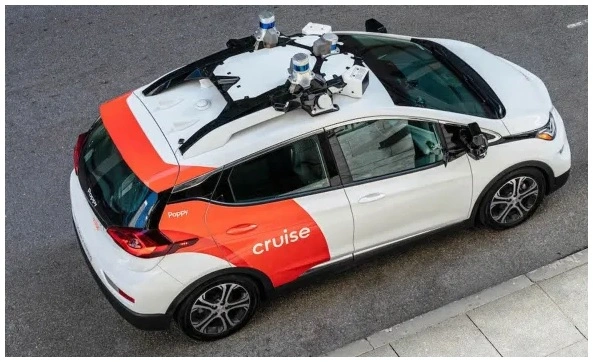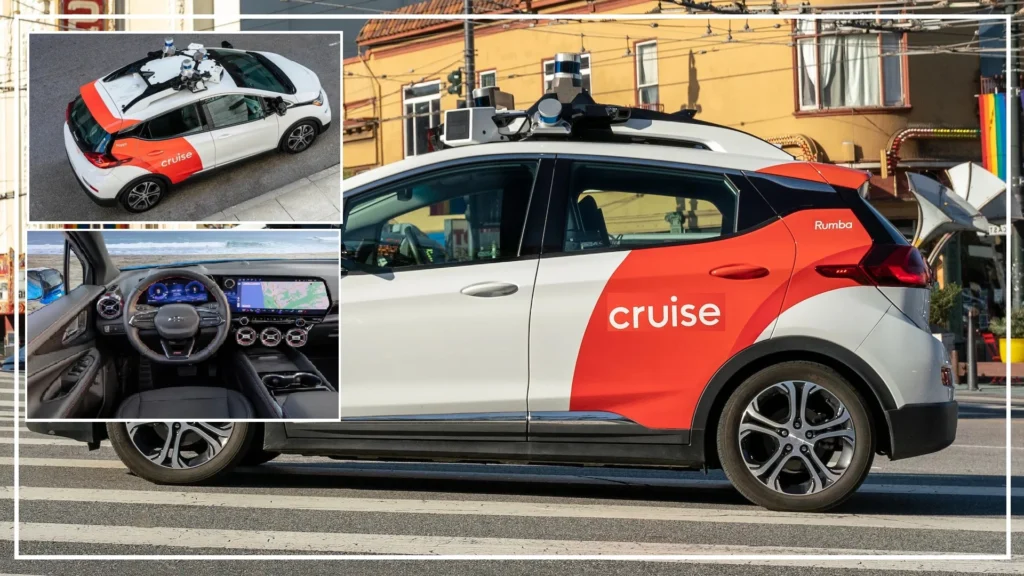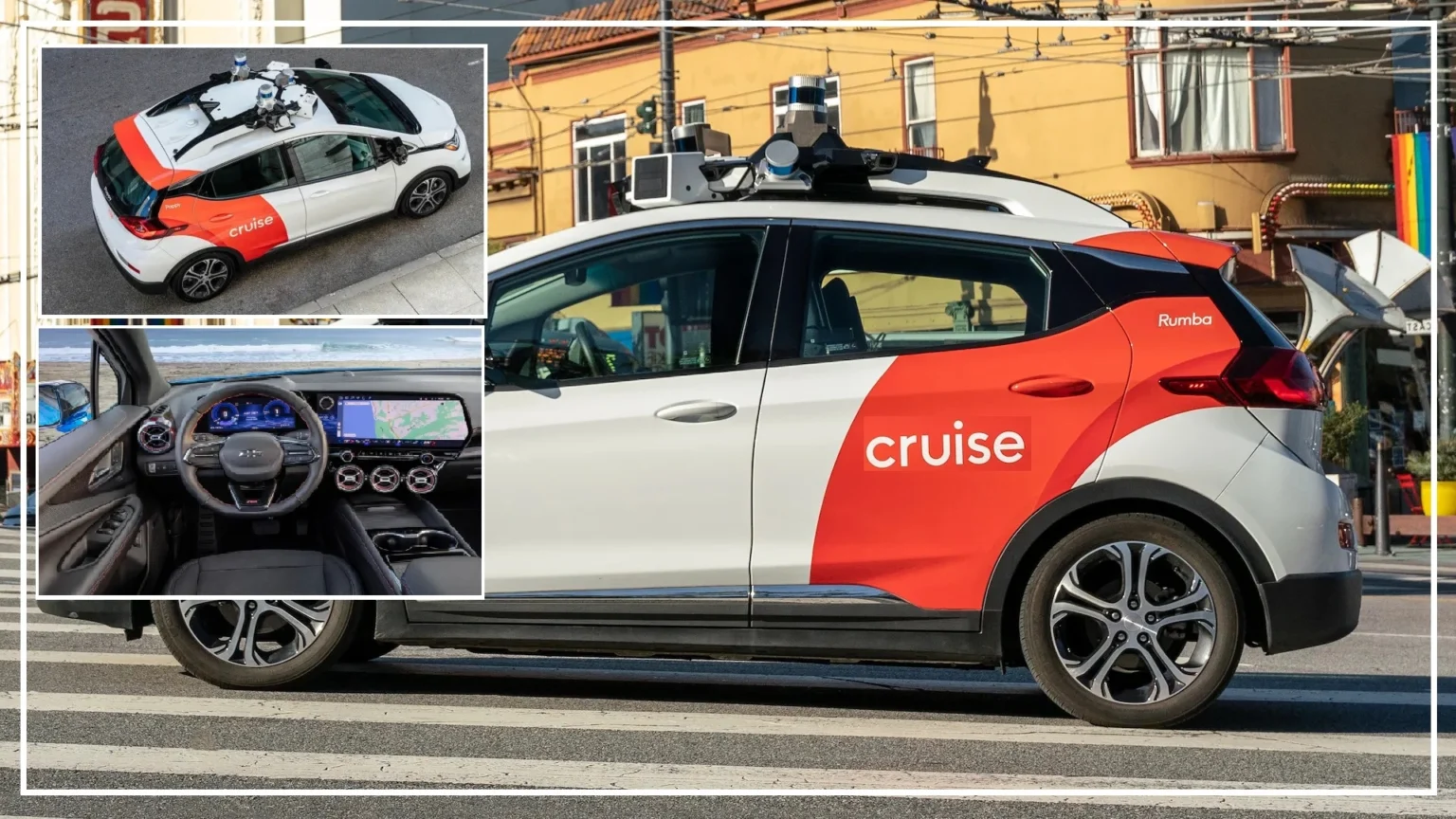|
Getting your Trinity Audio player ready...
|
In a surprising turn of events, General Motors’ autonomous vehicle subsidiary, Cruise, is set to resume operations in California after a tumultuous period of suspension. The company has agreed to pay a fine of $112,000 to the California Public Utilities Commission (CPUC) as part of a settlement that paves the way for its robotaxis to return to the streets of San Francisco and other parts of the Golden State [1].
The Road to Redemption
Cruise’s journey back to California’s roads has been anything but smooth. The company faced a major setback in October 2023 when the California Department of Motor Vehicles (DMV) suspended its permit to operate driverless vehicles following a series of incidents that raised safety concerns [2].

The most notable incident involved a pedestrian being dragged by a Cruise vehicle after a collision, sparking public outrage and intensifying scrutiny of the autonomous vehicle industry [3].
We’ve learned valuable lessons from the past and have implemented comprehensive changes to our technology and safety protocols,
said Kyle Vogt, CEO of Cruise, in a statement released today.
Our return to California’s streets represents not just a milestone for Cruise, but a step forward for the entire autonomous vehicle industry [4].
A Measly Fine or a Symbolic Gesture?
The $112,000 fine imposed by the CPUC has been met with mixed reactions. Critics argue that the amount is insignificant for a company backed by automotive giant General Motors, with some labeling it as merely a “slap on the wrist” [5].
However, industry analysts suggest that the relatively small fine should be viewed in a broader context. Dr. Alison Becker, an autonomous vehicle expert at Stanford University, explains,
While the monetary value might seem low, the real cost to Cruise has been the suspension of operations, loss of public trust, and the extensive work required to meet new safety standards. The fine is more symbolic, signaling a new chapter of accountability in the AV industry [6].
Stringent Safety Measures and Oversight
As part of the agreement with California regulators, Cruise has committed to implementing a range of new safety measures:

- Enhanced sensor technology to improve pedestrian detection and tracking
- Real-time remote monitoring systems for immediate human intervention when necessary
- Expanded training programs for safety drivers and remote operators
- Regular public safety reports and increased transparency about incidents and near-misses [7]
The CPUC and DMV will maintain heightened oversight of Cruise’s operations, with the power to suspend services immediately if significant safety concerns arise.
Industry Implications and Public Reception
Cruise’s return to California’s streets is being closely watched by competitors and industry observers alike. The incident has prompted a broader discussion about the regulation of autonomous vehicles and the balance between innovation and public safety.
This case sets a precedent for how regulators and AV companies can work together to ensure safe deployment of cutting-edge technology,
said Mark Thompson, director of the California Office of Traffic Safety.
It’s a delicate balance, but one that’s crucial for the future of transportation [8].
Public opinion remains divided. A recent survey conducted by the University of California, Berkeley found that while 62% of respondents believe autonomous vehicles will eventually make roads safer, only 38% feel comfortable with their current presence on city streets [9].
Looking Ahead: The Future of Robotaxis in California
As Cruise prepares to relaunch its services, the company faces the challenge of rebuilding public trust while pushing forward with its ambitious plans for expansion. The coming months will be critical in determining whether Cruise can successfully navigate the complex landscape of public opinion, regulatory scrutiny, and technological advancement.

With other major players like Waymo and Zoox also operating in the state, California remains at the forefront of the autonomous vehicle revolution. The outcome of Cruise’s relaunch could have far-reaching implications for the future of urban transportation not just in the Golden State, but across the nation [10].
As the robotaxis prepare to roll out once again, all eyes will be on San Francisco’s streets, watching to see if this new chapter in autonomous vehicle history will be marked by innovation, safety, or perhaps both.
For More News Update Visit California News



